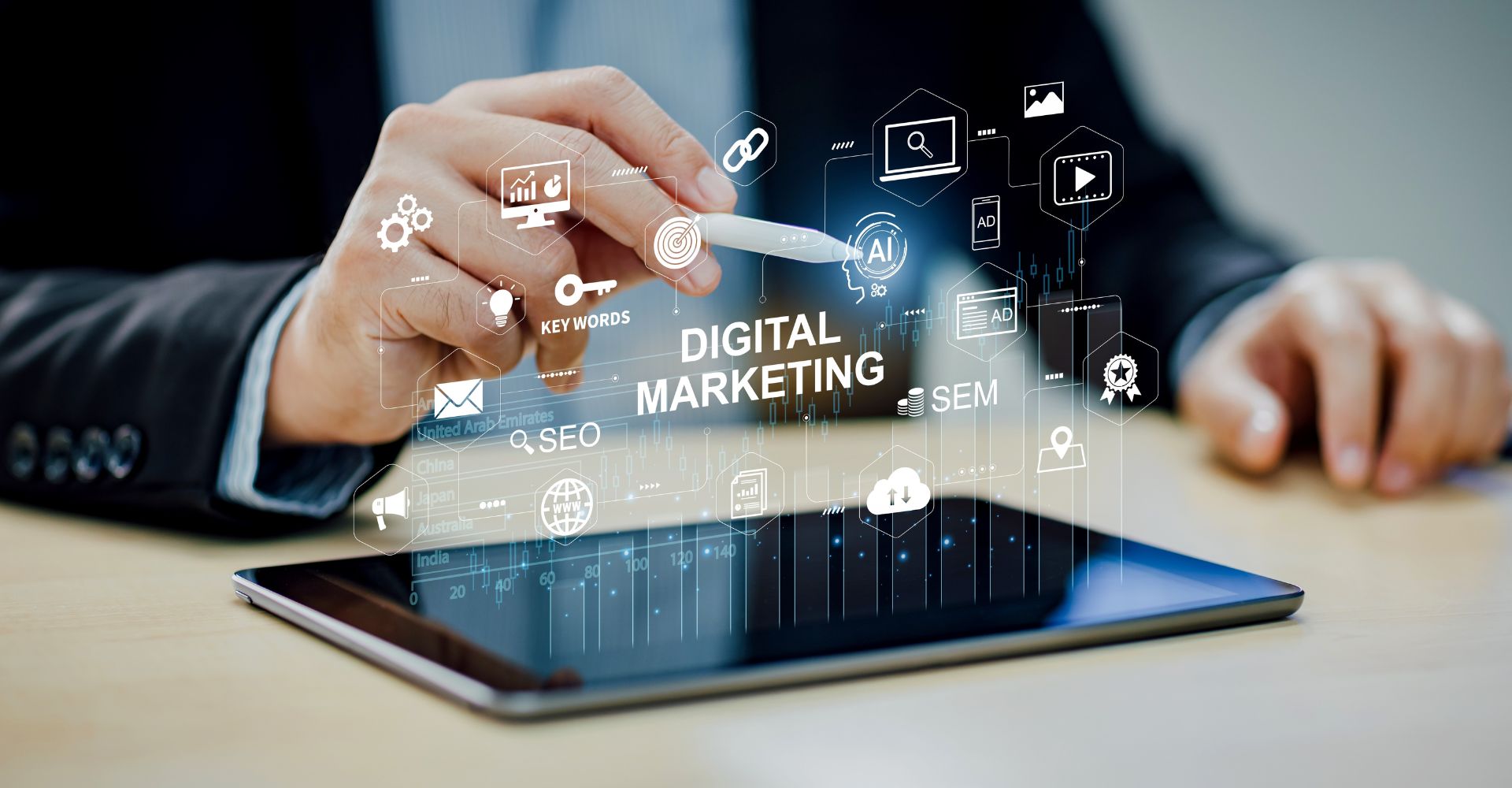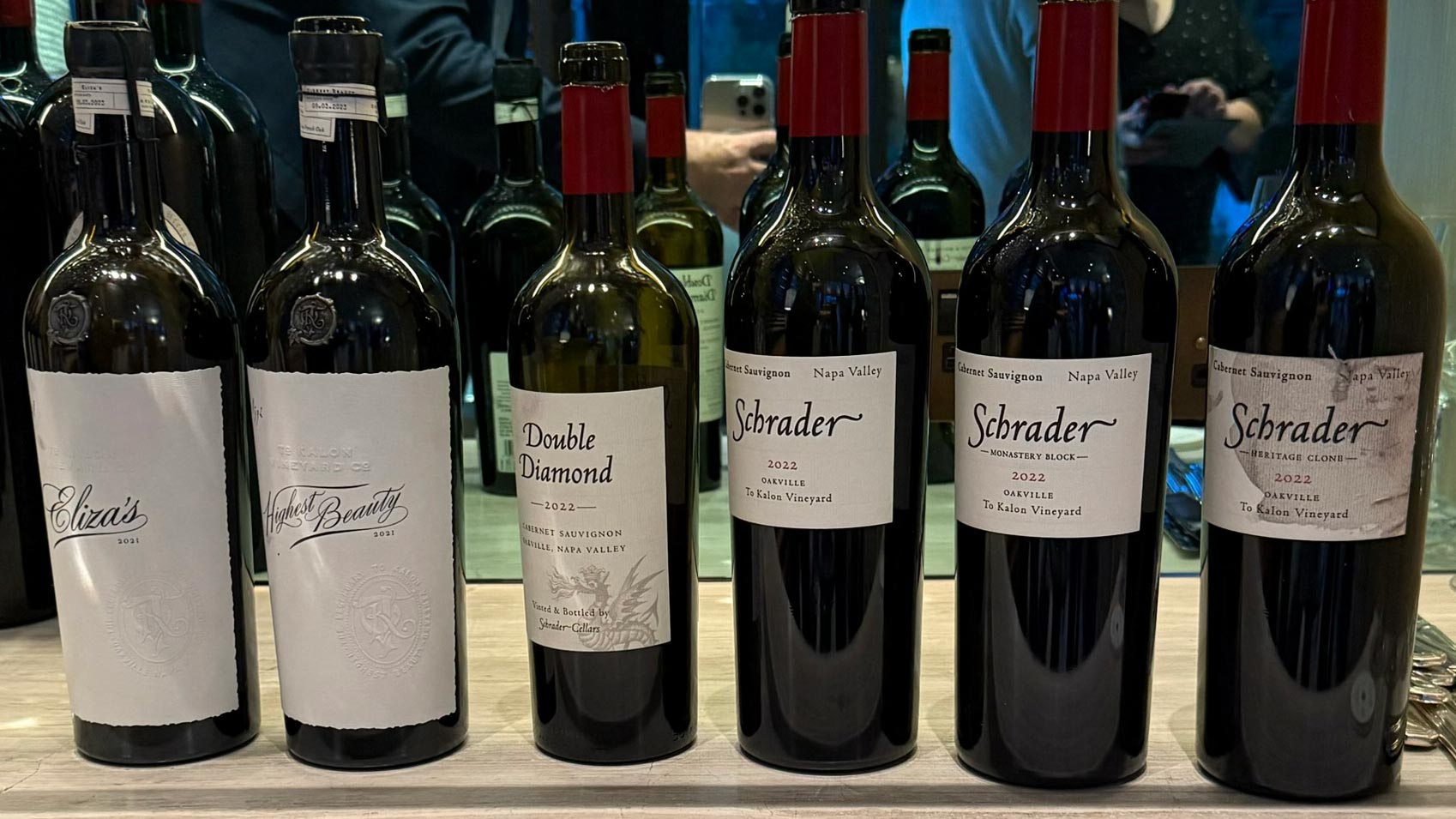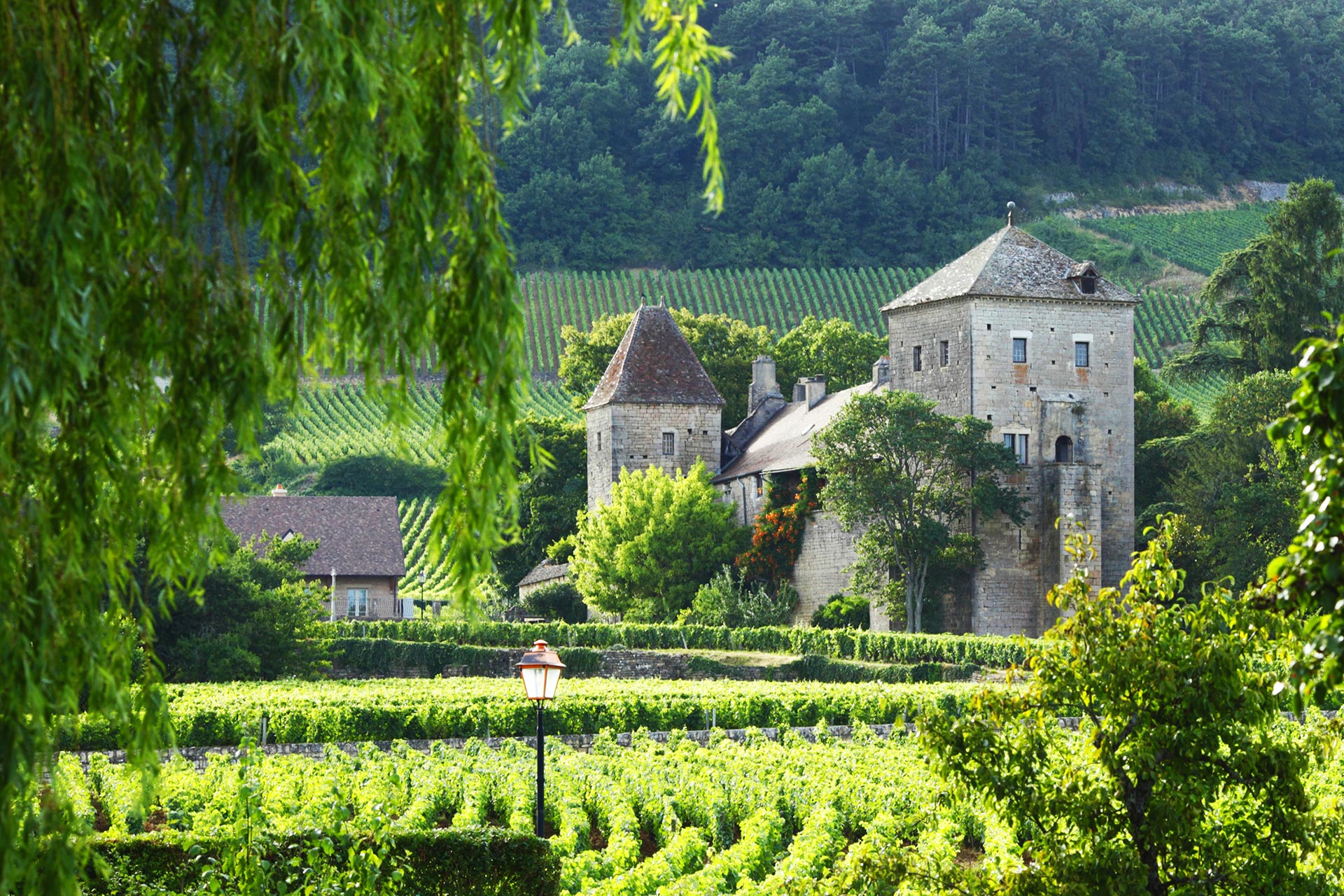Top Wine Advertising Channels & Smart Tips for Wine Brands 🍇
In a world where choice overflows like a well-poured glass, effective wine advertising can make all the difference between blending in and standing out. For those involved in advertising for wineries, whether you’re a boutique vineyard, an online retailer, or a global wine house—choosing the right channels and using them strategically can transform your brand from a tasting-room secret into a celebrated sip.
1. Paid Search & Wine PPC
Wine advertising often starts on Google and Bing with paid search ads. Why? Because these high-intent channels let you meet consumers while they’re actively searching—whether for “organic Bordeaux UK” or “English sparkling wine delivery.”
- Keyword focus: Lead with intent-driven queries: “buy sustainable wine,” “wine gift set online,” or “wine subscription UK.”
- Budget wisely: Allocate more for transactional terms; layer on long-tail keywords like “hand-harvested Pinot Noir 2023.”
- Extensions matter: Showcase extras—“Free Shipping,” “Eco-Packaging,” “Vegan Wine”—to boost CTR and relevance.
- Landing pages: They must convert—use crisp headlines, top-tier product imagery, social proof, and smooth checkout flows.
A well-executed Wine advertising paid search setup is fast, measurable, and revenue-ready.
2. Social Media Ads: Taste Meets Targeting
People love wine, and they love storytelling even more. Social media platforms—Instagram, Facebook, TikTok, even Pinterest—offer an immersive stage for visual, sensory-driven ads that capture attention:
- Carousel ads: Display your vineyard’s sunny slopes, sipping scenes, or tasting events.
- Video ads: Show winemakers in action, the cork pop sound, or seasonal harvest footage.
- Targeting options: Focus on interests (“organic food & drink,” “fine dining”), lookalike audiences of existing customers, or geotarget fans near your tasting rooms.
Tips:
- Use UGC or influencer content—real people enjoying your labels offers authenticity.
- Add strong CTAs (“Reserve Tasting,” “Shop the 2023 Vintage,” “Join Wine Club”).
- Facebook and Instagram have strict alcohol-ad policies—comply carefully with age-gating and do-not-target minors.
Integrating Wine advertising in social ads helps build awareness, culture, and loyalty—making your label top of mind.
3. Influencer & Content Partnerships
Forget spray-and-pray billboards. Modern Wine advertising depends on credible voices who can tell your brand’s story:
- Micro-influencers (10K–50K followers) often bring higher trust, niche audiences, and meaning.
- Content formats: Create tasting videos, vineyard tours, pairing guides, and stories behind rare labels.
- Host virtual tastings or co-create blog guides with wine bloggers that send knowledgeable traffic your way.
Choose collaborators based on:
- Audience match: Do they reach eco-conscious drinkers, premium shoppers, or foodie backgrounds?
- Engagement over reach: How often do followers comment or save their posts?
- Creative alignment: Does their aesthetic and tone fit your brand?
When well-chosen, these partnerships amplify Wine advertising far beyond your own platforms.
4. Email & CRM: Pouring Value Directly
Your email subscriber list is a goldmine. It’s permission marketing—real people who already love your story. A strong Wine advertising email program should:
- Segment wisely: Separate subscribers by interest (ústainability lovers, sparkiling wine fans, wine clubs).
- Trigger campaigns: Birthday offers, restock alerts, exclusive releases, event invites.
- Rich content: Use textured images, tasting notes, terroir stories, pairing tips, customer reviews.
- Clear calls-to-action: “Shop Now,” “Reserve Your Tasting,” “Join Subscriber-Only Club.”
Combine this with abandoned cart follow-ups and product recommendation emails to lift loyalty and revenue.
5. Wine Marketplaces & E‑Commerce Platforms
If you’re selling online, listing on wine-specific retailers like Virgin Wines, Majestic’s online store, or Naked Wines opens the door to ready-made audiences and discovery.
- Featured listings: Pay for banner or hero placements during promotions.
- Co-marketing: Run tasting events or themed boxes alongside retailer newsletters.
- On-site ads: Display your new label or club special on category pages.
These platforms function as third-party Wine advertising accelerants, exposing you to customers you might otherwise miss.
6. PR, Magazines & Editorial
Think beyond direct response. Long-term brand equity often comes from trusted voices. Press placements act as silent ad channels:
- Pitch unique angles: Sustainability credentials, first-load vintage, biodynamic process.
- Submit to guides: Decanter, Master of Wine features, Olive Press, Good Wine, or The Financial Times FTWeekend.
- Seasonal tie-ins: Highlight your label during seasonal stories—“Best Sparkling Picks for Summer,” “Rich Reds for Winter Roasts.”
Each editorial mention builds credibility and becomes future Wine advertising collateral—usable in social, emails, or website badges.
7. Events & Offline Advertising
Don’t ignore real-world touchpoints:
- Tasting events & vineyard visits: Capture email opt-ins and reactions directly.
- Collaborations: Partner with local restaurants, independent wine shops, or farmers’ markets and co-promote tasting nights.
- Print materials: Stylish posters, tasting notes, branded corks:** subtle yet premium physical touchpoints.
Think of offline as the foundation for your online Wine advertising—a tactile expression of your brand.
Smart Tips Across All Channels
- Compliance is non-negotiable: Follow the UK CAP code—never target under-18s; include mandatory age gates and responsible drinking messaging.
- Use unified tagging: Integrate Google Analytics, Facebook Pixel, and CRM tags to accurately track conversions and retarget leads.
- Maintain consistent branding: Whether a digital ad, email, or shelf-talker, your tone, design, and offer should feel unmistakably you.
- A/B test continuously: Creative, call-to-action, targeting segments—all deserve experimentation wherever you advertise.
- Budget seasonally: Align ad spend with purchase spikes—Christmas, Valentine’s, Father’s Day, harvest releases, or seasonal promos.
- Watch attribution patterns: A sale from Google search may have origins in Instagram brand awareness—build attribution strategy that reflects all touchpoints.
- Retarget high-intent users: Hit visitors who clicked “add to cart” or viewed your wine club page again with email reminders or dynamic ad banners.
Final Sip: Putting It All Together
Wine advertising is never just one channel—it’s an orchestration. The best brands blend search, social, influencer, email, marketplaces, PR, and events into a holistic customer journey. It starts with quick-win PPC ads, builds through engaging social and influencer stories, reinforces with email and marketplace presence, and supports brand depth with PR and offline touchpoints.
Sample Cross‑Channel Flow:
- Run a paid search campaign: “Organic English Rosé” → visitor clicks.
- Retarget with Instagram Stories featuring your winemaker + swipe-up link.
- Send an email after 24 hours: “Still thinking? Taste before you buy—virtual tasting invite.”
- Purchase made.
- Follow up with “How’d you like it?” nurture email + referral offer.
That’s Wine advertising done right—customer-first, story-rich, and sales-savvy.
Ready to elevate your presence with targeted Wine advertising? Whether you’re exploring PPC, rolling out a new influencer campaign, or hosting your next tasting night, I’m here to help. Let’s uncork opportunity together.



